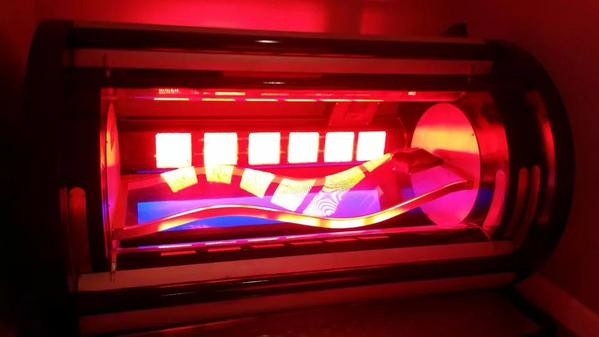The findings of a new study challenged the effectiveness of using light therapy lamps to treat people with the winter blues caused by seasonal affective disorder (SAD), which results from less sunlight and cold weather. A Cognitive-Behavioral Therapy (CBT) designed for SAD treatment was superior in preventing the winter depression in future years.
The study was published on November 5, Thursday in the American Journal of Psychiatry. It was conducted by the University of Vermont and funded by a grant from the National Institute of Mental Health. Kelly Rohan was the lead researcher.
Light therapy requires SAD patients to sit under a very bright light for 30 minutes after waking up in the morning, according to The Atlantic. They must use the treatment every day they have symptoms.
Researchers learned that light therapy was helpful in treating acute (short and severe) cases. However, it was less effective during future winters.
The study included 177 subjects. Some participates received 6 weeks of light therapy through a light box that provided bright artificial light of different wavelengths.
The other subjects received a special CBT for SAD patients. It taught them to battle any thoughts they had about the dark winter months, and mood-affecting behaviors such as being anti-social.
Two winters after the first treatment, 46 percent of the light therapy group had experienced depression again. However, the figure was just 27 percent for the CBT group, according to EurekAlert. The depression symptoms were also more serious for the light therapy group.
Rohan explained that light therapy is a "palliative treatment" that must be used over and over so it stays effective. Blood pressure medicine is another example.
However, CBT is a "preventative treatment." After SAD sufferers learn the basic skills it has a long-term effect that causes the patient to feel they can control their symptoms. They are able to do that by changing their way of thinking and behavior, focusing more on the condition's "depression" part instead of the "seasonal" part.
More than 14 million Americans suffer from SAD. Up to 20 percent of all cases of frequent depression have a seasonal pattern.



























